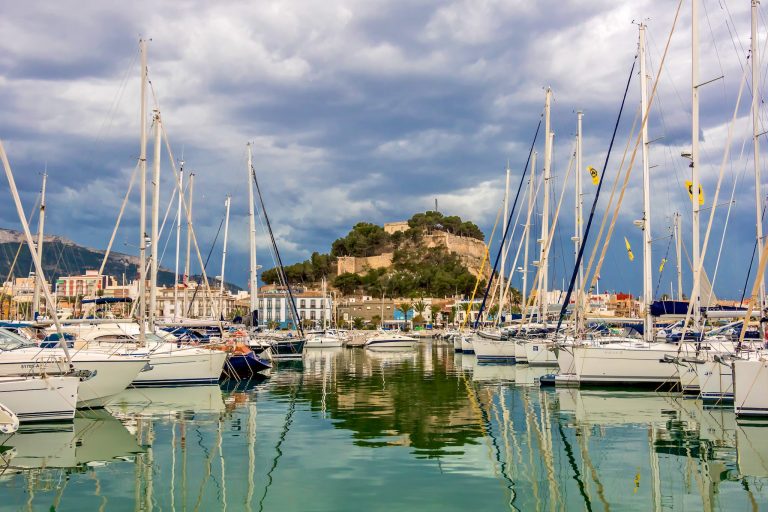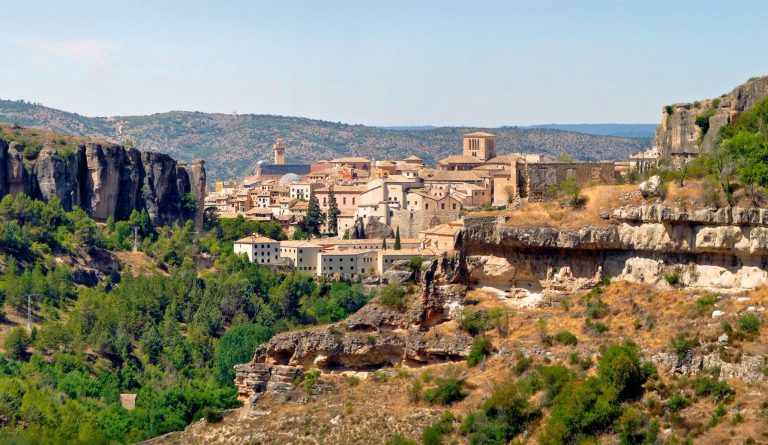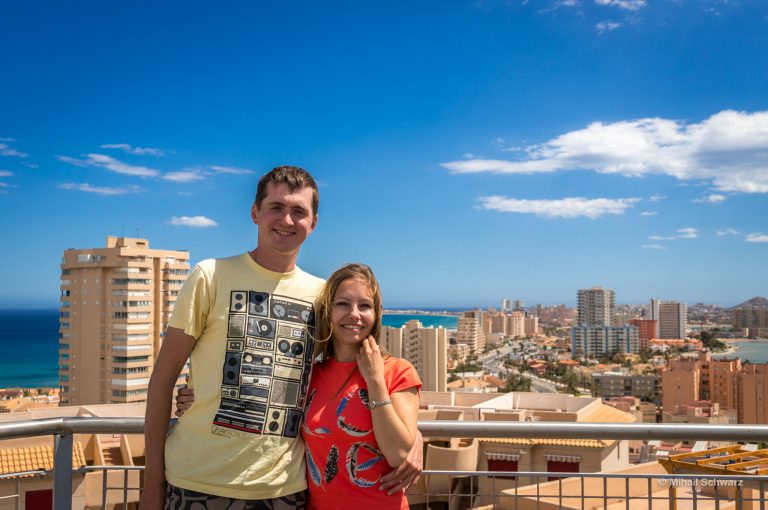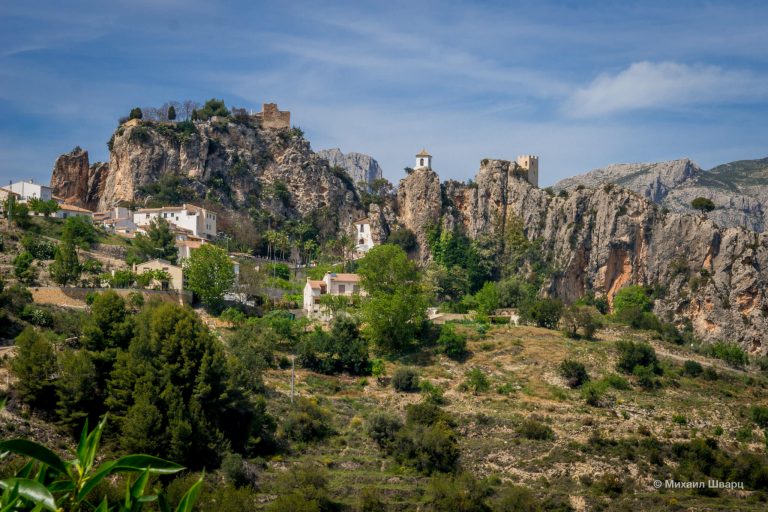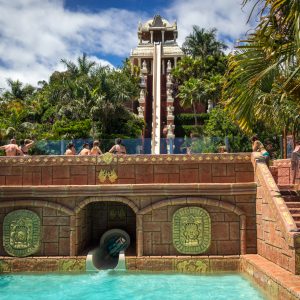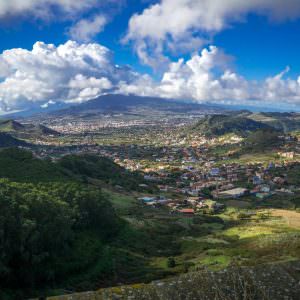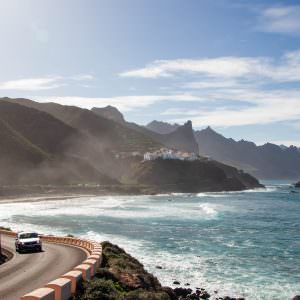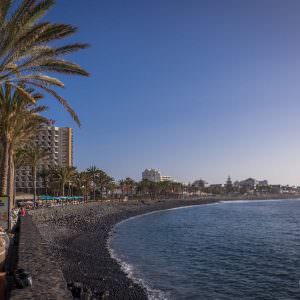Denia is located in the northernmost part of the Costa Blanca, between Alicante and Valencia, at the foot of the Montgó peak, on whose slopes lies the famous natural park of the same name (Parque Natural del Montgó).
Wealthy vacationers flock here from all over the world: the climate of the sunny city, surrounded by mountains, is considered the best in Spain. The unique natural factors and spacious beaches of Denia have been recognized by UNESCO experts.
Beaches
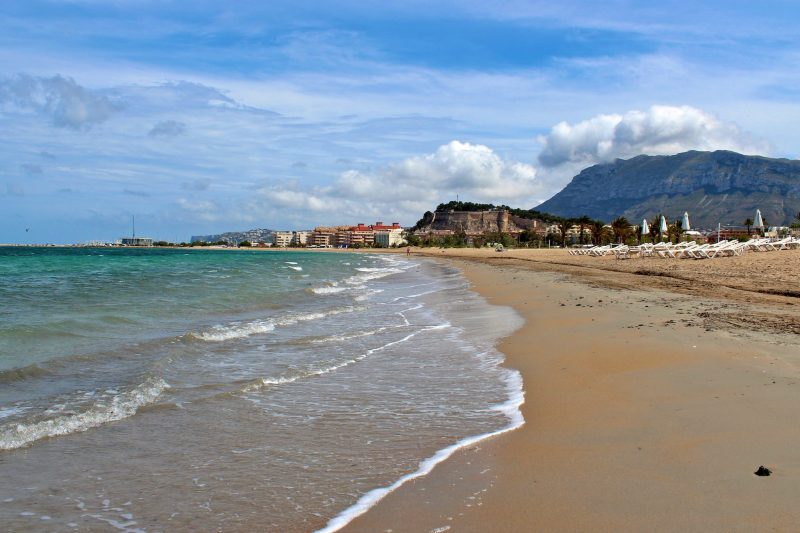
Denia’s stretch of beaches stretches for 30 km. To the left of the port, towards Valencia, begins the golden-sand beach area of Las Marinas. On the other side of the harbour are the rocky beaches of Les Rotes with a pebbly shore and clear emerald water. The most remote beach at Les Rotes is dominated by an ancient Moorish watchtower. The high beach season starts in July.
History
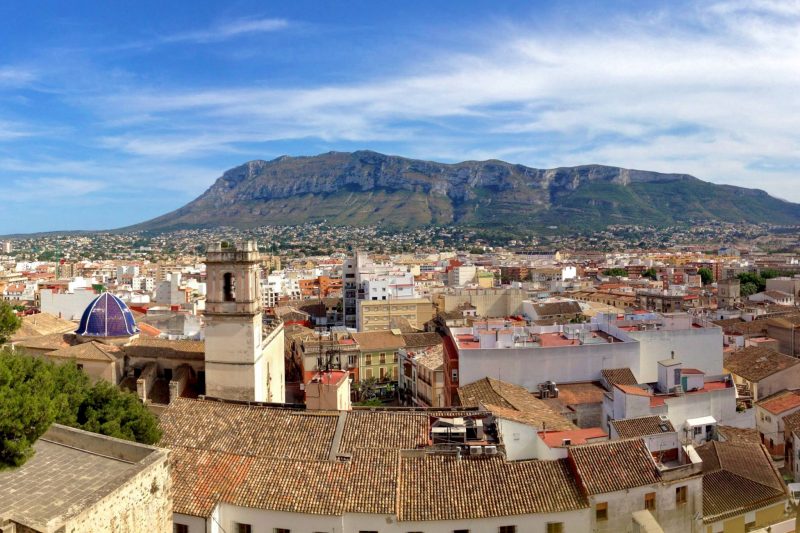
The narrow streets of Denia bear the traces of many cultures that have succeeded each other over the centuries. The caves of Montgo were inhabited during the Neolithic period; later the Iberians and Carthaginians settled on the coast. The city of Dianum was founded by the Romans, then seized by the Arabs for several centuries. The Christians conquered Denia in 1244, but the urban economy began to develop only in the XIX century, with the growth of trade and the development of the port.
Port Of Denia
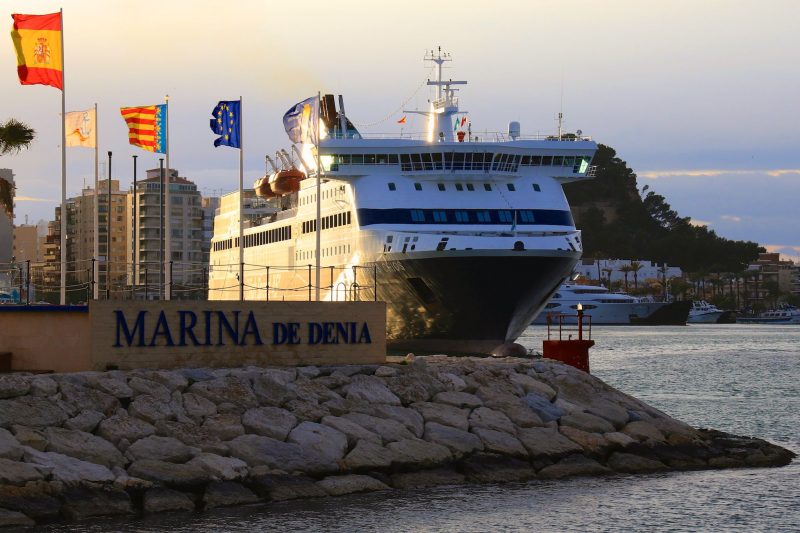
Marina de Denia is a major seaport of Denia. From here regular ferries depart for the Balearic Islands. The boat trip to Ibiza takes 3,5 hours, to Mallorca 7,5 hours. You can view the timetable and book tickets here.
Attractions
Castle Denia
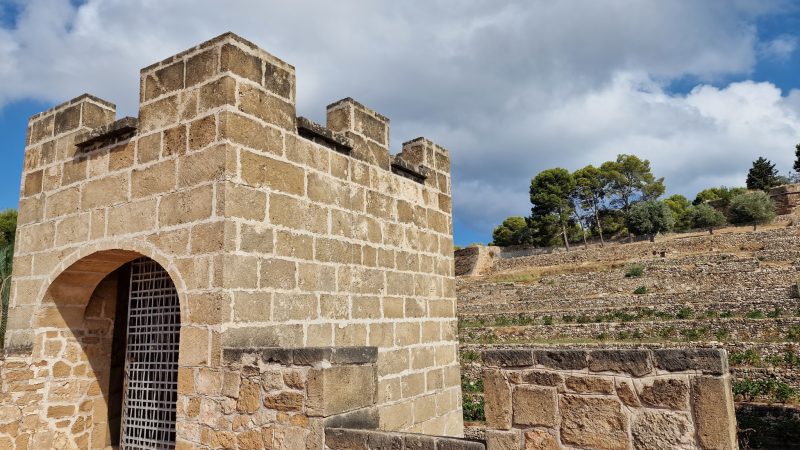
The Castle of Denia (Castell de Dénia), one of the symbols of the city, was built by the Moors in the 11th century. The medieval giant of Castillo de Denia stands on a rock in the middle of the old center. Its ancient walls offer a panorama of the city and the Costa Blanca. There is a park on the territory of the old fortress. On top, next to the ruins of the Old Palace, there is the Archaeological Museum.
Old Town
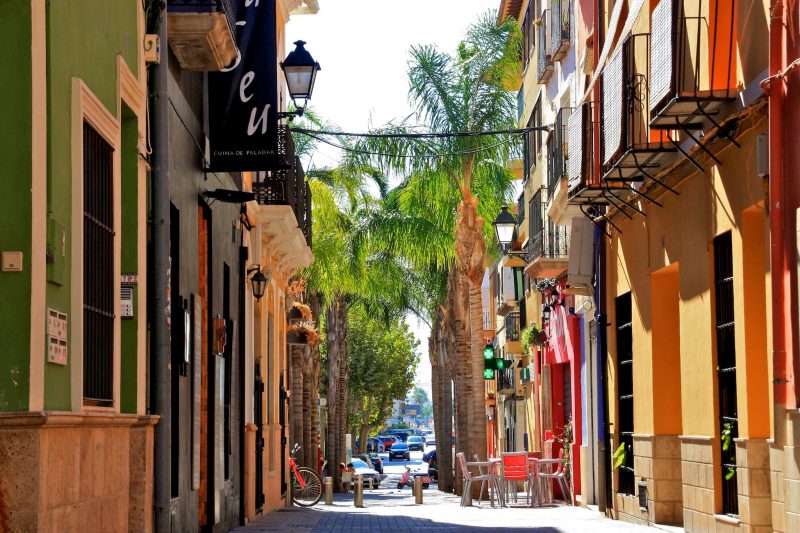
From the foot of the castle stretches the quarters of the Old City. They are formed around the streets Calles Loreto, Cavallers, Major, Sant Josep and the small streets adjoining them. The architecture of the XVI-XVII centuries. Here is neighboring with the houses of the bourgeoisie, built in the XVIII and XIX centuries. A typical example of a bourgeois house is the Ethnological Museum in Calle Cavallers.
The most picturesque street of the Old City is the Carrer de Loreto. It begins from the square near City Hall, passes by the Augustinian monastery and ends with the palm alley. On both sides of Calle Loreto stand two or three storey buildings with welcoming restaurants and tapas bars.
Fisherman’s Quarter
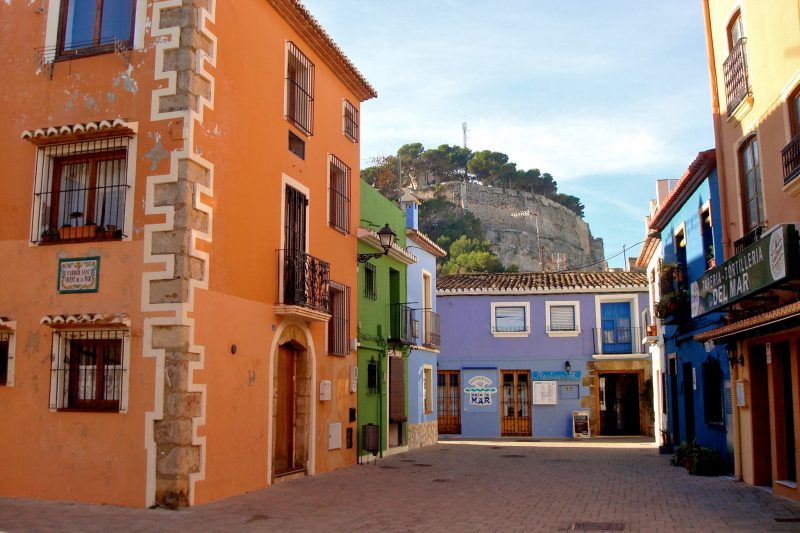
In the picturesque fishermen’s quarter of Barrio Baix la Mar, on the edge of the Old Town by the sea, tourists are greeted by the colorful facades of traditional old houses. Today’s Baix la Mar dates back to the 19th century, but it has existed since Arab times (the sea has always played an important role in Denia’s life). Until the end of the seventies it was home to sailors, fishermen and traders.
The main church
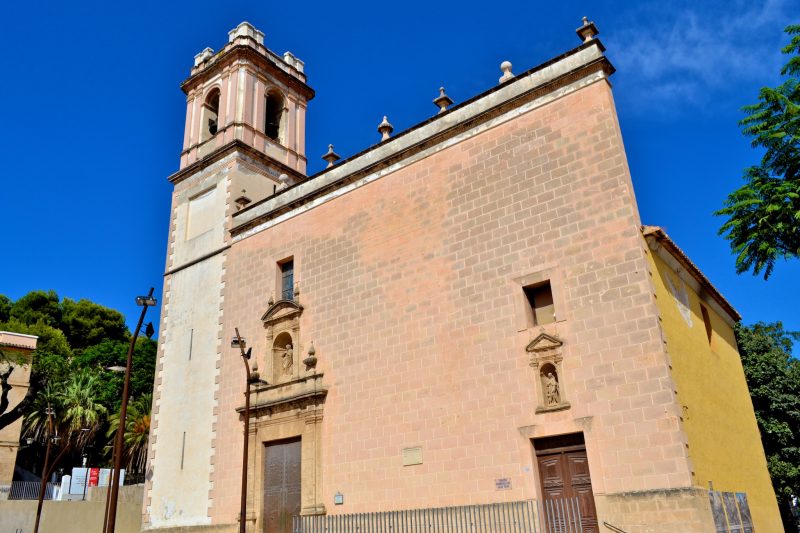
In Plaça de la Constitució, near the town hall, stands the city’s main church, the Baroque Cathedral of the Assumption and the Convent of the Agustinas (Iglesia de Nuestra Señora de la Asunción, Convento de Las Agustinas). The building is rectangular in plan, with a square bell tower and a beautiful dome covered with shiny blue tiles.
Monastery Square
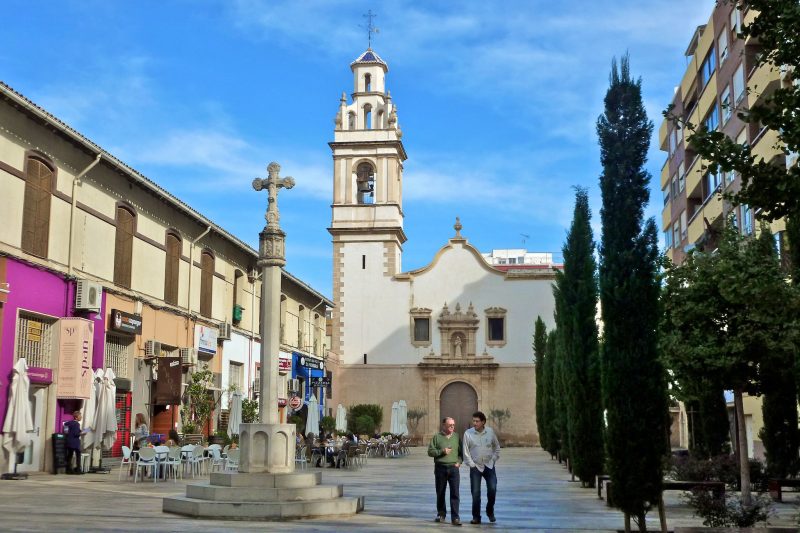
The Monastery Square (Placa del Convent) takes its name from the former monastery of San Antonio. Only part of the cloister surrounding the inner courtyard, paved with stonework, is preserved. The church of San Antonio de Padua (Iglesia San Antonio de Padua) now stands here. On the left side of the square stands a solid wall of buildings with stores and restaurants. The Plaza del Convent hosts cultural and gastronomic events and a flea market on Friday mornings.
Muslim Wall
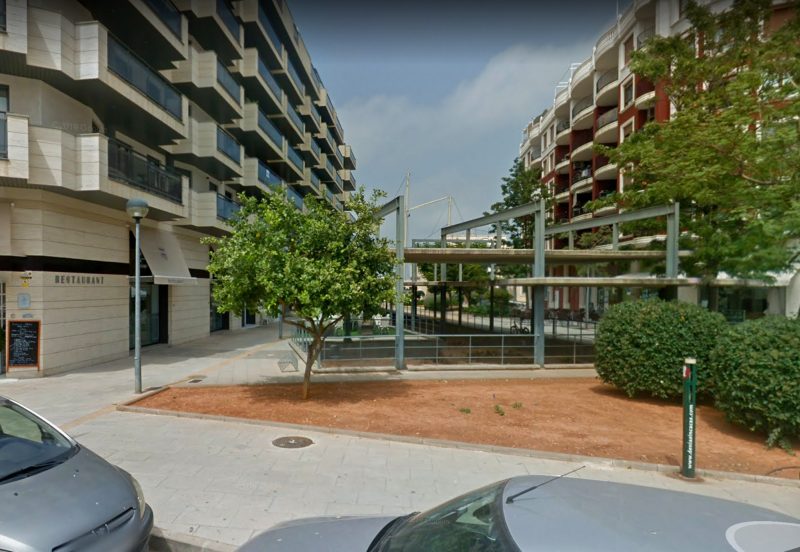
The Muralla musulmana is a medieval Muslim wall built by the Arabs to fortify the city in the 11th and 12th centuries. Most of the fortifications have been destroyed, but some fragments remain near the coast, near the Alicante Tram station, right in front of the tourist office.
Via Marques de Campos
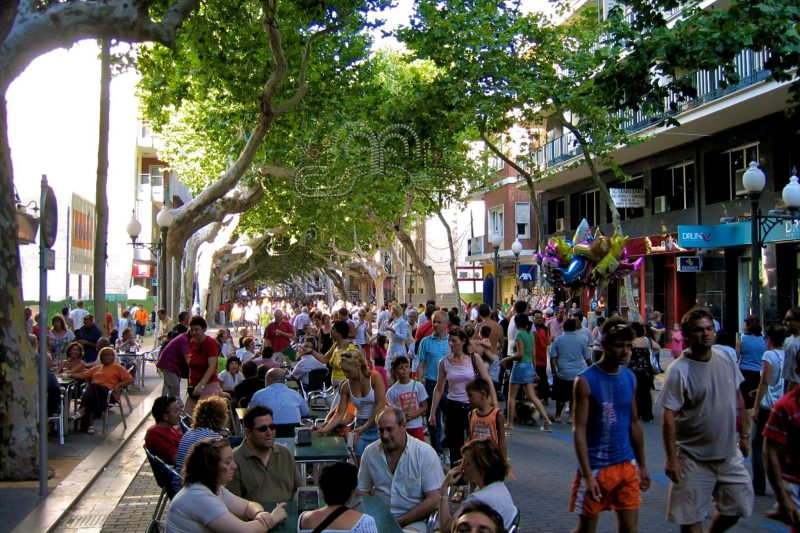
The main avenue of the city is Carrer Marqués de Campos. Banks, stores and cafes are concentrated here. On weekends the street becomes a pedestrian street; under the shade of its perennial plane trees tourists and residents of Denia walk. Most of the city events are held here. During the traditional bull-racing in July, the animals race through the Marqués de Campo to the seaport.
Museums
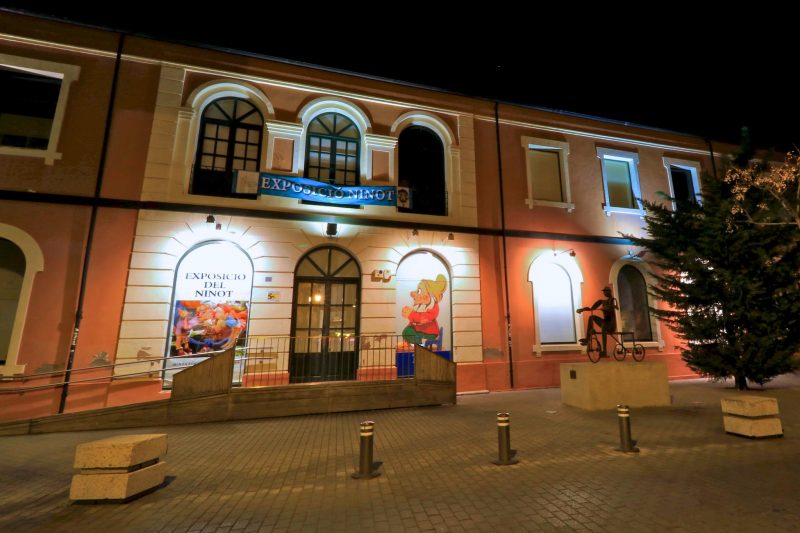
The Archaeological Museum of Denia (Museo Arqueológico) is located in the fortress, in one of the premises of the former Governor’s Palace. There are four rooms corresponding to different historical eras.
On Cavallers Street there is the Ethnological Museum (Museo Etnológico). Its main exhibition is devoted to the history of the raisin trade and its relationship to the development of the economy of Denia. On the ground floor there are interiors from the Isabella II period.
In the old building of the Denia – Carcaixent station there is the Toy Museum (Museo del Juguete). In the twentieth century, the city produced toys made of wood and metal, this production was the engine of the city’s economy. On the first floor of the building is the art center “Station” with temporary exhibitions.
Events, Holidays, Activities
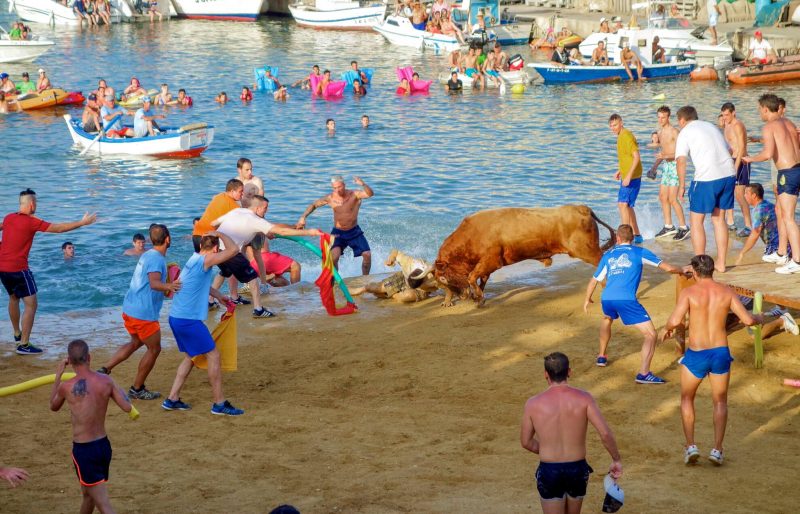
Tourists also flock to Denia for the main festival, Bous a la mar, which falls during the second week of July.
The name Bus La Mar literally translates to “Bulls at Sea”. The festival opens with a bull-racing and a solemn procession of bullfighters. Although this festival is compared to bullfighting, the animals are never killed. There is an arena on the waterfront, fenced on three sides, and the bulls are released there in turn. The aim of the bullfighters is to entice furious giants after themselves, to lure them into the sea. The animals are not left to drown: people in boats help them out of the water.
In July there is also the Mayor Santísima Sangre, which, in addition to religious events and processions, includes concerts, sports and children’s competitions, and fireworks.
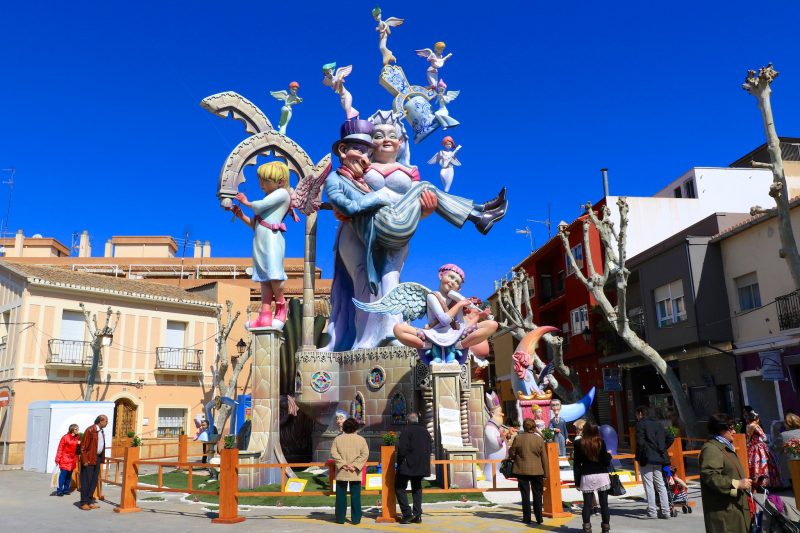
In mid-August, the “historical” events of the Moors and Christians festival develop in the streets of Denia. On December 13, the day of St. Lucia, there is a pilgrimage to the hermitage of Santa Lucia.
In February, the city hosts the Carnival of Denia. In March, there are the Semanta Santa costume processions and the processions in honor of the Holy Virgin los Desamparados. In the same month Denia also hosts the traditional colorful Fallas Festival.
How To Get To Denis
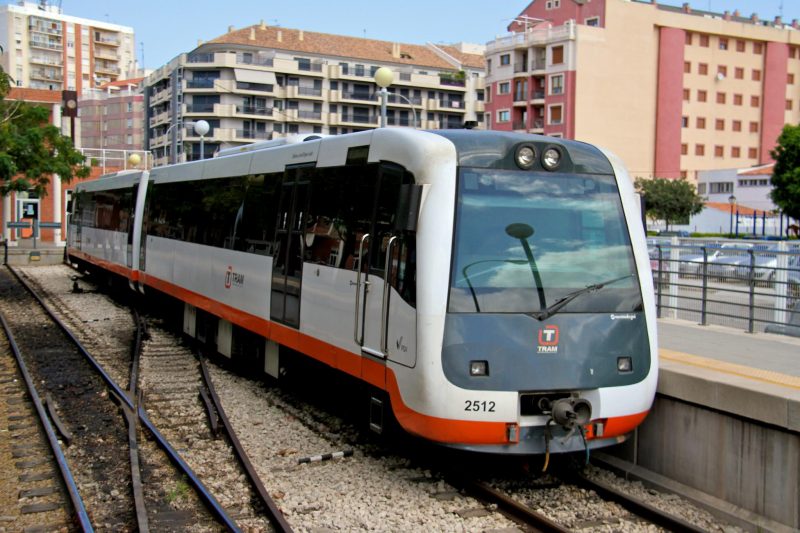
From Alicante to Denia
You can get to Denia from Alicante by streetcar (train). To do this, take the L1 line at the Alicante-Luceros station and go to the Benidorm station. Then take the L9 line to Dénia station. The travel time is just over 2.5 hours.
From Alicante to Denia you can take an ALSA bus. The travel time is about 2 hours.
From Valencia to Denia
From Valencia to Denia there are ALSA buses. Travel time 1.5 – 2 hours.
The Outskirts Of Denia
Fans of unusual natural objects can visit the caves around Denia.
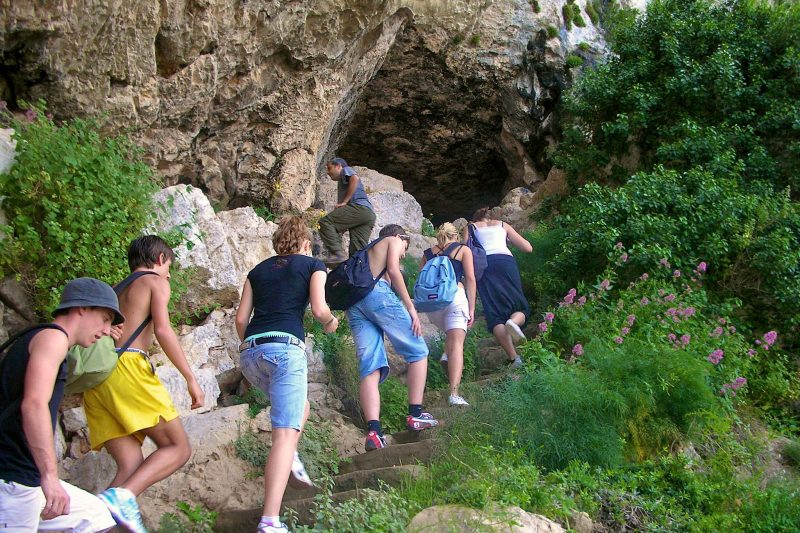
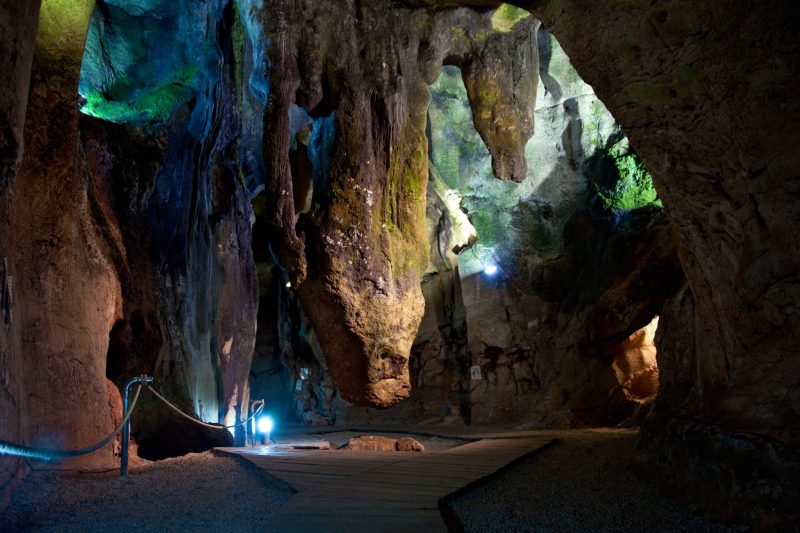
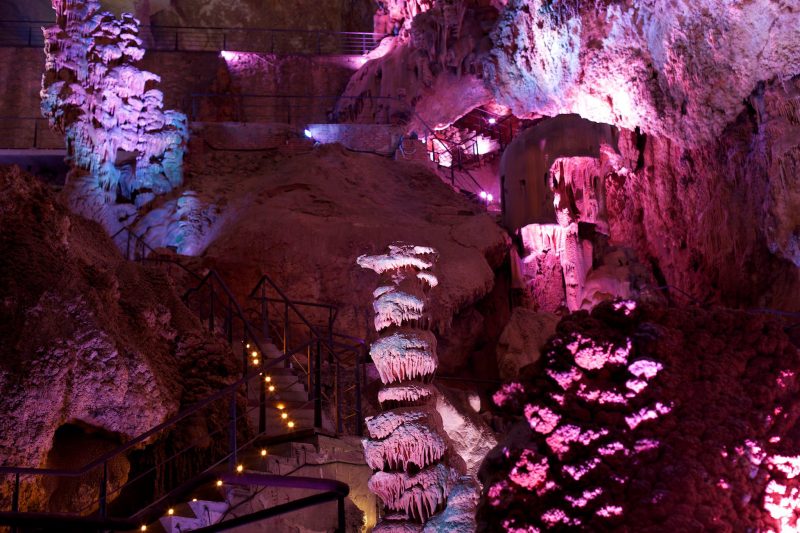
Cova de l’Aigua is located near the town, on the slope of Mount Montgo. In this cave archaeologists found traces of the presence of ancient people, and during the Iberian and Muslim periods it was a place of religious worship. The cave was a place of religious worship during the Iberian, Roman and Arab periods.
The Cueva de Las Calaveras, 440 m long (300 m are still open to visitors), is 16 km from Denia. Fossil remains of Paleolithic animals have been found here. The finds are stored in the Alcoy Museum and tourists explore the huge halls with domes and stalactites.
Cave Canalobres is located near the town of Adsubia. It is about 25 km from Denia. The main attraction of the cave, apart from the many bizarre mineral formations, is the spectacular “ceremonial” hall of 600 m².

